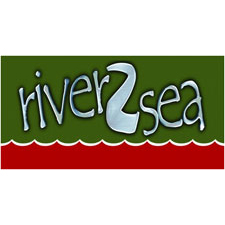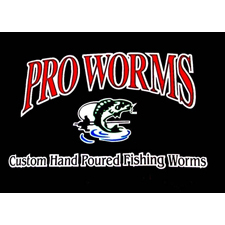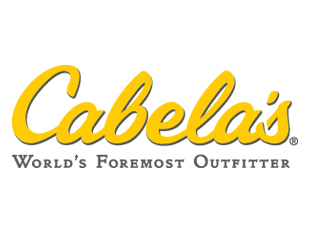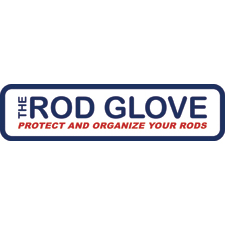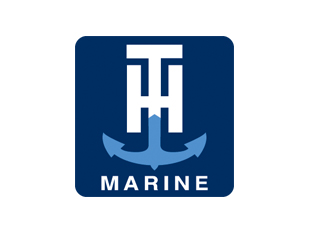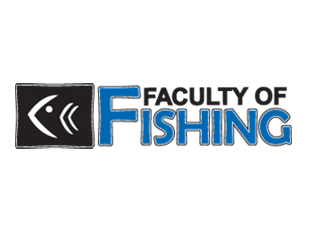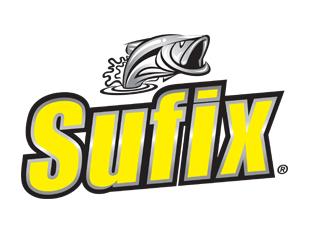What do some of the greatest lakes in America and a golf course pond in San Diego have in common? They share an unwelcome and unwanted foreign visitor. Quagga and Zebra mussels have spread across many portions of the south and, more recently, the west. Quaggas are the prevalent invader here in the west and are present in the Colorado River system from Mead south and many other bodies of water in California and Arizona. Why should bass fisherman and boaters be concerned? These are our problem. There are no legs in the pictures above. From the original infestation in the Great Lakes from ballast water of an ocean going freight liner to the current outbreaks in California, mussels have been moved from point to point with the aid of a boater.
Mussels are a threat we are still learning about. We know they attach to hard surfaces like underwater pipes and can grow until they fill a pipe and cut off water flow. We know they change the ecosystems they invade and filter sediment and algae from the water. It is suspected that die off cycles have lowered oxygen levels in large portions of the Great Lakes with their decomposition. The truth is we have no real idea what their full impact will be. Some fisheries have thrived with in lakes with mussel infestations but that cannot be solely attributed to the mussel. In the Great Lakes the small mouth thrived with the addition of the Goby as a food source. The facts are that we do not want to risk any of our waters hoping that the mussel will not impact our fisheries. Each of us needs to ensure that we are not the cause of the next infested lake.
So what do we need to do? The slogans abound around all of our favorite lakes. A common element is the “Clean and Dry” approach. Each of us must take responsibility for our own vessels. We need to drain out any water, empty and clean livewells, pull the drain plugs and make sure there is no residual water in our boats when we travel between different bodies of water. A mussel infestation can be spread in a teaspoon of water or less and the mussel larvae can live for 7 days or more in just a few drops of water. There are quite a few web resources. I have listed a few here but any good search engine will keep you reading for the rest of the night.
DFG promotes a “Don’t Move a Mussel” on posters and their website. The DFG site has videos to watch and detailed maps of our local lakes and rivers. http://www.dfg.ca.gov/invasives/quaggamussel.
The CA Department of Boating and Waterways promotes Clean, Drain and Dry for all boaters. Their website ishttp://www.dbw.ca.gov/boaterinfo/quaggaloc.aspx .
The image used above and other resources with a nationwide focus can be located at the USGS website located athttp://nas.er.usgs.gov/taxgroup/mollusks/zebramussel.




